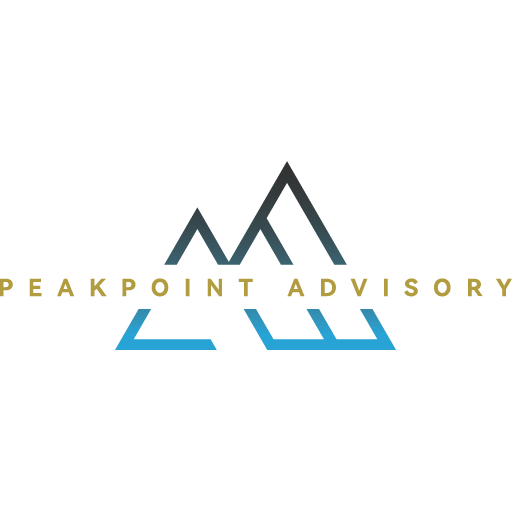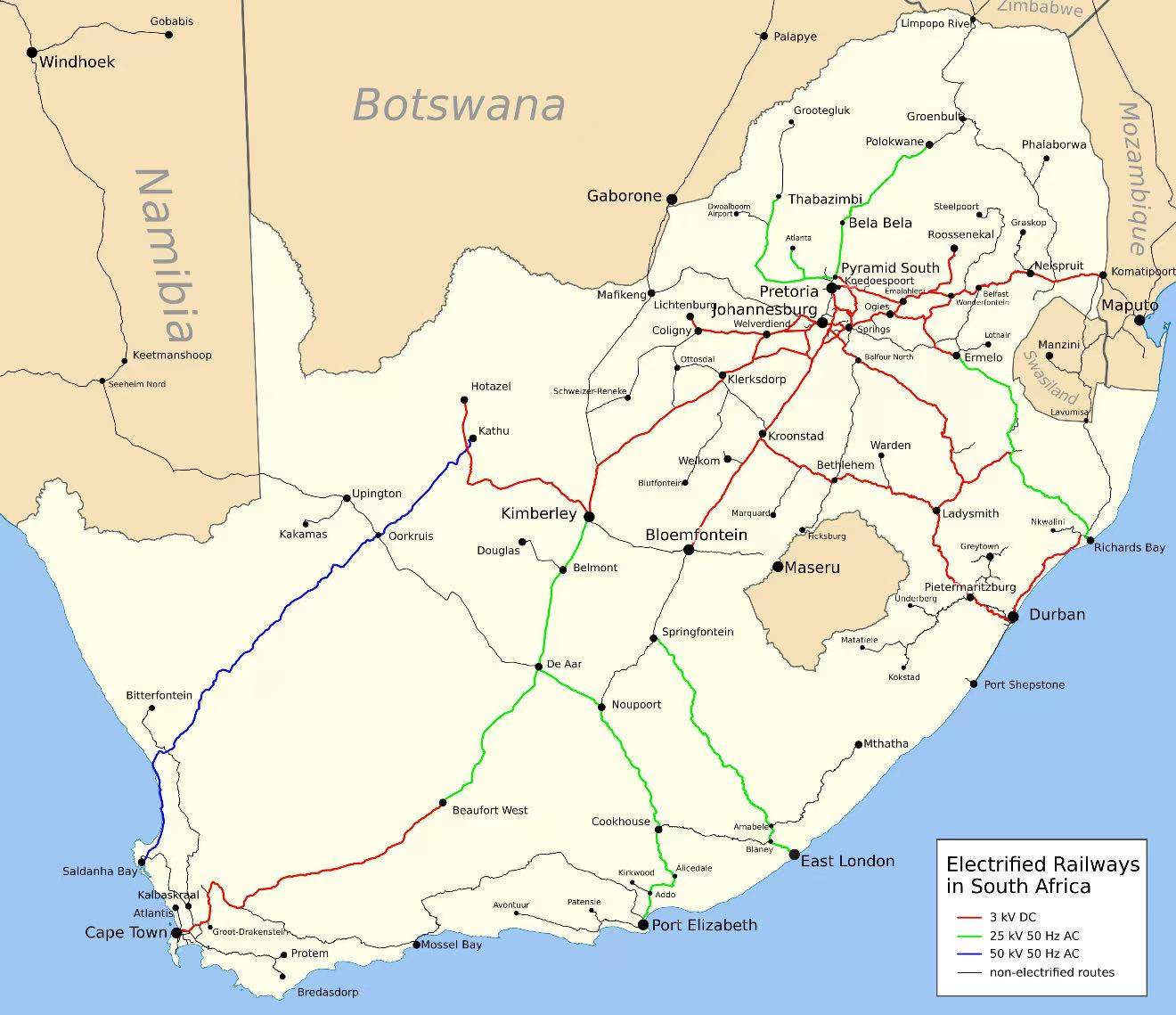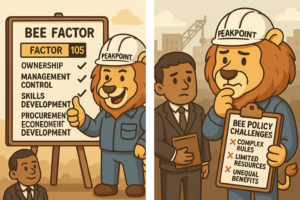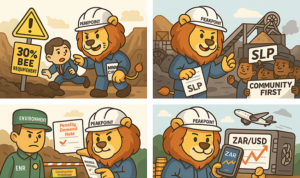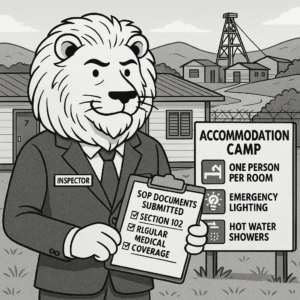Background: Resources that cannot be transported out are equivalent to dormant assets
In South Africa, especially in provinces rich in mineral resources such as Limpopo, Northern Cape and Mpumalanga, logistics capacity has become one of the key bottlenecks restricting the development of the mining industry. With the continuous increase in global demand for chromite, manganese ore, coal and PGM metal, South African mining enterprises are facing the predicament of “having mines but no roads” – not only the high road transportation costs, but also due to problems such as the shortage of Transnet Freight Rail (TFR) capacity, rigid scheduling and lagging loading point facilities. This has led to delays in export plans, breaches of customer contracts, and pressure on the company’s cash flow.
What is the MEGA ?
MEGA (Mainline Export General Agreement) is a capacity guarantee mechanism provided by TFR, the South African National Freight railway Company, for medium – and long-term mineral export customers. It is not only a transportation contract, but also a key for enterprises to obtain strategic export channels.
The main features of the MEGA include:
- A long-term cooperative relationship of 5 to 10 years to support the stable growth of customers’ production capacity;
- Exclusive capacity guarantee and dispatching priority;
- The “Take-or-pay” mechanism ensures TFR’s revenue while also requiring customers to bear the minimum freight expenses;
- Comprehensive verification of the departure point, loading capacity, environmental compliance and transportation distance cost.
Overview of the Standard Application Process
Step 1: Prepare materials and build the “first mile”
Enterprises need to submit:
- Company registration information and BEE certification status;
- Valid Mining Right document (Mining Right or Permit);
- Estimated annual output, GPS and photos of the starting point of shipment;
- Environmental Management Document (EIA/EMP)
- Layout diagram of loading point facilities and daily loading capacity assessment.
Step 2: Express your intention and submit the EOI
The Expression of Interest can be submitted directly by the enterprise to the TFR regional sales representative or through its “Customer Growth Division”. This stage is mainly used for registering intentions and preliminarily assessing the legality and feasibility of the project.
Step 3: Technical verification to prepare for on-site assessment
TFR will organize the railway engineering and operation team to conduct on-site inspections to determine whether the loading points have the capacity for railway connection, and assess factors such as the surrounding infrastructure, power access, and freight yard capacity.
Step 4: Contract negotiation to secure the lifeline of transportation
After meeting the conditions, TFR will draft the MEGA contract. The key contents of consultation include:
- Annual transportation capacity index (tonnage);
- Unit transportation cost and price adjustment mechanism;
- Applicable circumstances of the Take-or-pay clause;
- Key terms such as service interruption and liability for breach of contract.
Step 5: The train sets sail and production is fulfilled
After signing, the customer can enter the TFR capacity dispatching system, submit the volume plan on a monthly basis, and enter the loading formation. After the loading is completed, Transnet will uniformly arrange trains for transportation to the export ports (such as Richards Bay, Port Elizabeth or Durban).
Challenges and Countermeasures: The MEGA is not omnipotent
Although MEGA provides an institutional channel for enterprises to strive for transportation capacity, the following challenges also exist:
| Problem | Influence | Suggestion |
| The allocation of transportation capacity is not transparent | Despite signing the contract, the actual quota may be insufficient | Actively participate in the monthly coordination meetings and submit early warning reports to TFR |
| Take-or-pay pressure | When the output declines, the guarantee fee still needs to be paid | Strive for flexible terms in the contract, such as the “reduction notification mechanism” |
| Facility investment is high. | In the initial stage, loading points need to be built by oneself | Cooperate with other mineral rights owners to build shared loading area and share cost |
| BEE Compliance Review | Non-BEE-level enterprises are difficult to obtain priority | Improve the BEE score through joint ventures, trusts and SPVS |
Consultant’s advice: How to “secure” a MEGA agreement?
Peakpoint Advisory, based on the actual cases of investors from South Africa and China, proposes the following key success factors:
- Incorporate BEE compliance design from Day 1 to avoid rejection at the application stage;
- In the technical solution, plan the railway connection facilities and environmental protection approval in advance to reduce the assessment cycle.
- With the help of consortias or industry associations, centralized declaration can improve the bargaining power;
- Establish a communication window with TFR in advance to avoid submitting materials blindly.
Conclusion: The orbit is the last mile for resource monetization
In the resource-based era, “whoever controls logistics holds the power to export.” The MEGA agreement is not only a pass for mining enterprises to expand their markets, but also the cornerstone for the reconstruction of the national logistics system and industrial upgrading. In the new round of global supply chain reorganization, having stable, predictable and compliant export channels will become the decisive variable for South African mining enterprises to achieve capitalization transformation.
If you need assistance in preparing the application materials for the MEGA agreement or wish to assess the feasibility of railway transportation for your mining rights project, please feel free to contact the professional Advisory team of Peakpoint Advisory.
📞 Welcome to contact:
📧 admin@peakpointadvisory.co.za
🌐 www.peakpointadvisory.co.za
